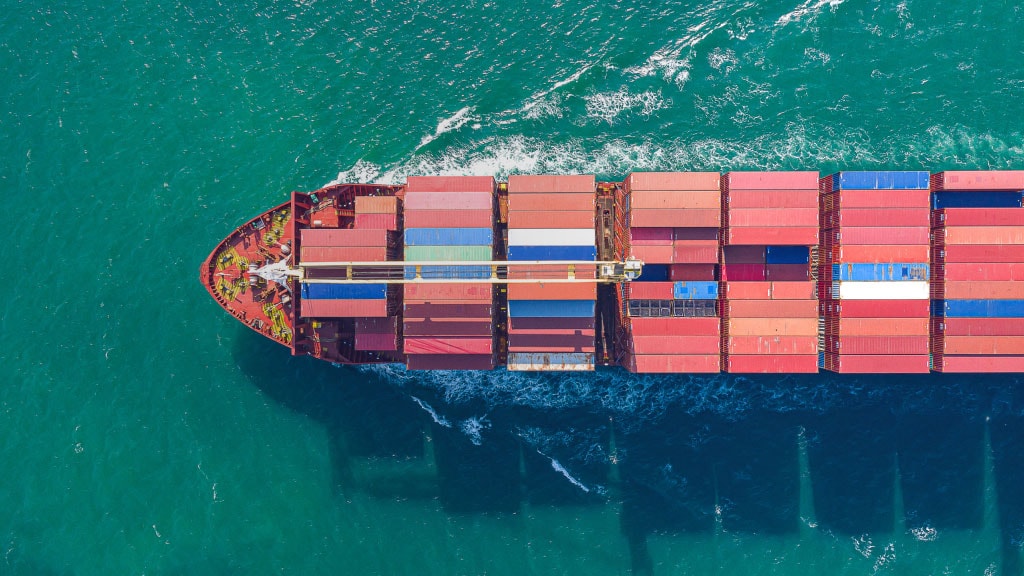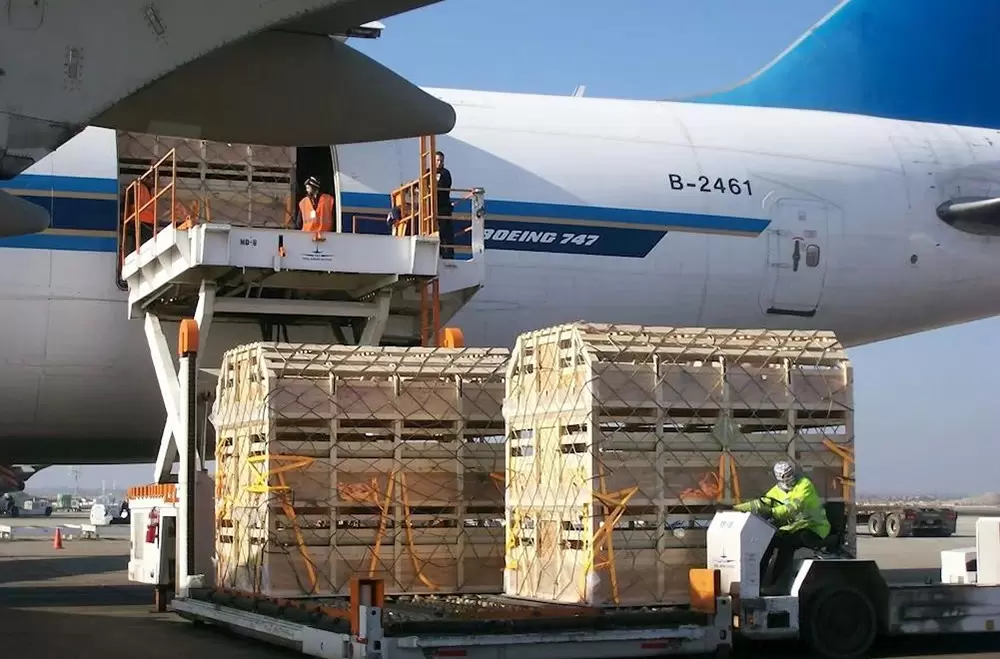Mastering the Art of Tracking Sky Freight Sea Cargo: A Comprehensive Guide

Tracking sky freight sea cargo is a crucial aspect of international trade and logistics. It allows businesses to monitor the movement of their goods, ensure timely delivery, and maintain efficient supply chains. In this comprehensive guide, we will explore the various methods and tools available for tracking sky freight sea cargo, providing you with the knowledge and insights to streamline your shipping operations.
- Understanding Sky Freight Sea Cargo Tracking:
1.1 The Importance of Tracking: Highlight the significance of tracking sky freight sea cargo, including the benefits of real-time visibility, risk mitigation, and customer satisfaction.
1.2 Tracking Methods: Discuss the different tracking methods available, such as GPS tracking, container tracking, and bill of lading tracking. Explain how each method works and their respective advantages and limitations.
1.3 Tracking Technologies: Explore advanced tracking technologies like RFID (Radio Frequency Identification), IoT (Internet of Things), and satellite tracking systems. Explain how these technologies enhance tracking accuracy and provide real-time data. - Choosing the Right Tracking Solution:
2.1 Evaluating Tracking Providers: Provide a step-by-step guide on how to select a reliable and reputable tracking provider. Discuss factors to consider, such as coverage, accuracy, cost, and customer support.
2.2 Integration with Existing Systems: Explain the importance of seamless integration with existing logistics management systems and highlight the benefits of automated data synchronization.
2.3 Customization and Reporting: Discuss the significance of customizable tracking solutions that cater to specific business needs. Emphasize the importance of comprehensive reporting capabilities for data analysis and performance evaluation. - Best Practices for Effective Sky Freight Sea Cargo Tracking:
3.1 Data Security and Privacy: Discuss the importance of data security and privacy in tracking systems. Highlight measures such as encryption, access controls, and compliance with data protection regulations.
3.2 Proactive Monitoring and Alerts: Explain the benefits of proactive monitoring and real-time alerts for exceptions or delays. Discuss the importance of setting up automated notifications to ensure timely actions.
3.3 Collaboration and Communication: Emphasize the significance of effective collaboration and communication between all stakeholders involved in the shipping process. Discuss the role of tracking systems in facilitating communication and providing transparency.
Conclusion:
Tracking sky freight sea cargo is a complex yet essential process for businesses engaged in international trade. By understanding the various tracking methods, choosing the right tracking solution, and implementing best practices, businesses can optimize their shipping operations, improve customer satisfaction, and gain a competitive edge in the global market.




